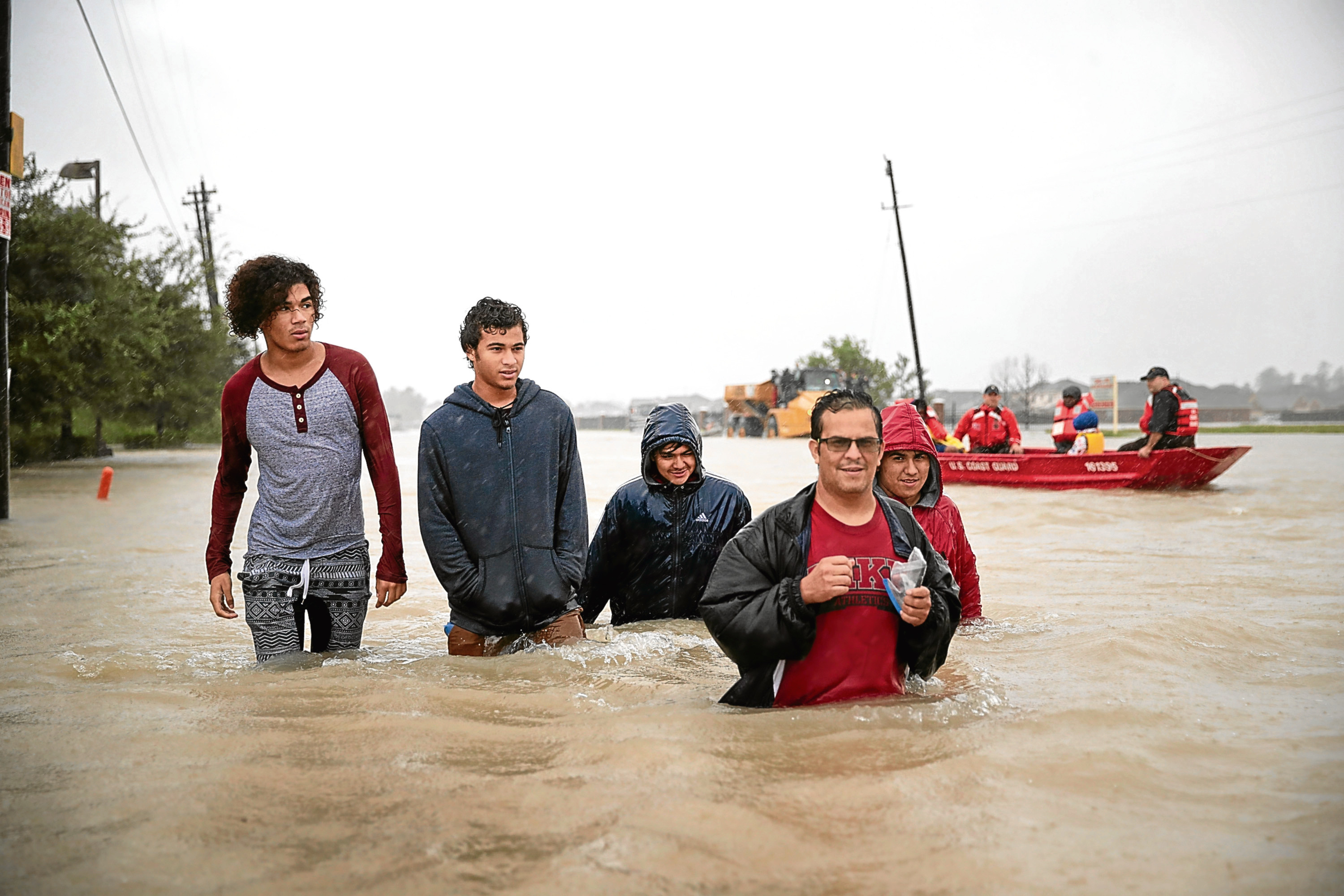
THIS week, Houston had a problem.
So, of course, did almost all of Texas and the neighbouring state of Louisiana.
Hurricane Harvey left almost unimaginable devastation and destruction in its wake.
Hurricanes are not uncommon in these parts. They are expected, natural occurrences that, with today’s huge advances in communications and meteorological science, can be accurately predicted and guarded against well in advance.
Their destructive paths can be measured and tracked from space, and the warnings of when they will make landfall issued in a timely manner.
All manner of preventative emergency measures and procedures are then taken and carried out.
As the hatches are battened down so, too, is the risk to life and damage to homes and infrastructure minimised.
But you only need to think back to 2005’s Hurricane Katrina, which flooded New Orleans and claimed almost 2000 lives, or Hurricane Sandy which, in 2012, roared and ripped its way through New Jersey, Long Island and New York, claiming 53 lives.
These tragedies show that there is very little the authorities can do when mother nature decides that the time and conditions are right for her to unleash a tropical storm.
And so it proved this week with Hurricane Harvey. A deadly hurricane, trapped by two warm fronts and therefore continually powered by warm seas eclipsed both Katrina and Sandy.
Make no mistake, Hurricane Harvey was like no other, it was almost biblical in scale and the amount of water it dumped on Texas and Louisiana and the millions of soaked and homeless inhabitants fleeing this unrelenting deluge was the stuff of science fiction. To put it in context Texas, The Lone Star State, with a land area twice is the size of the UK had more rain dumped on it in four days than we wade through in a year.
It’s reckoned that by the time Harvey dissipates, nearly 25 trillion gallons of water will have fallen on Houston alone.
There is no doubt that Texans took the brunt of this storm. They were battered and bruised and put through the wringer. Like New Orleans, they will eventually dry out and start afresh. The process of rebuilding, resettling and recovering from this tempest will be a long and very, very costly one.
Trillions of dollars from the Federal reserve will be needed and, thankfully, President Donald Trump, unlike President George W. Bush in 2012, has immediately stood up to the challenge.
The Donald hasn’t ducked his presidential responsibilities instead, and to his immense credit, has pledged $1 million of his own money to help.
It’s a fantastic gesture that has not received the media attention his tweets receive.
However, compare that to Bangladesh, India and Nepal – where 1200 people have been killed and millions made homeless by a tropical storm.
They can only dream of receiving such help, and their plight has been almost totally ignored by the West.

Enjoy the convenience of having The Sunday Post delivered as a digital ePaper straight to your smartphone, tablet or computer.
Subscribe for only £5.49 a month and enjoy all the benefits of the printed paper as a digital replica.
Subscribe